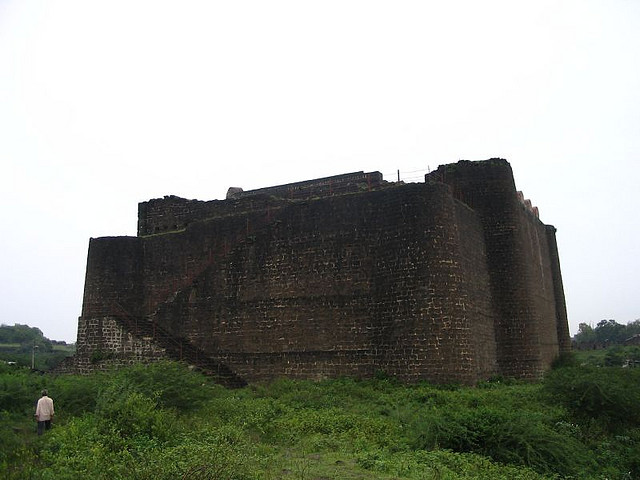Gulbarga is a unique synthesis of two cultures. Filled with beautiful palaces, mosques, stately building and bazaars. The Khwaja Bande Nawaz, tomb of the great Sufi saint, Khwaja Syed Mohammad Gesu Daraz is the venue of an annual 'Urs', attended by nearly one hundred thousand people. The Dargah Library houses almost 10,000 books in Urdu, Persian and Arabic. Also worth seeing are Sultan Hasan's tomb, the tomb of Ghias-Ud-Din, the mausoleum of Feroze Shah, the Haft-Gumbuz, the well-kept lawns of Mahboob Gulshan and the Shrine of Shri Sharanabasaveshwara.
The small town of Gulbarga is famous for its association with the erstwhile medieval kingdom of Bahamani (1347-1526). It was the capital of the Bahamani rulers from 1347 to 1428. A number of monuments dating from 13th to the 15th century can be seen here. These monuments reflect the architectural skills of the Bahamani rulers.
Gulbarga is located in the northeastern part of the state of Karnataka, in the southern region of India. It is 663 km from Bangalore city and 214 km from Hyderabad city. The climate of Gulbarg is temperate with summers (April-June) being moderately hot and winters are cool (November-February). It experiences southwestern monsoon rains in the months of May to July.
Gulbarga is a unique synthesis of two cultures. Filled with beautiful palaces, mosques, stately building and bazaars.
The Khwaja Bande Nawaz, tomb of the great Sufi saint, Khwaja Syed Mohammad Gesu Daraz is the venue of an annual 'Urs', attended by nearly one hundred thousand people. The Dargah Library houses almost 10,000 books in Urdu, Persian and Arabic.
Also worth seeing are Sultan Hasan's tomb, the tomb of Ghias-Ud-Din, the mausoleum of Feroze Shah, the Haft-Gumbuz, the well-kept lawns of Mahboob Gulshan and the Shrine of Shri Sharanabasaveshwara.

Gulbarga and the area around it was a part of the ancient Chalukyan kingdom of Badami. The origin of the town of Gulbarga goes back to the local Kakatiya rulers of Warangal. It witnessed a lot of turmoil in the early medieval period. In the early part of the 14th century, it became the part of the Delhi Sultanate. It was captured by Ulugh Khan, one of the generals belonging to the Tughlaq dynasty of Delhi Sultanate, and later captured by Mohammed bin Tughlaq, the Sultan of Delhi. It remained a part of the Delhi Sultanate until the death of Mohammed bin Tughlaq. Later it became a part of the Bahamani kingdom. The Bahamani kings made it their capital from 1347 to 1428. In the 17th century, it was annexed by Aurangzeb, the last great Mughal ruler and inducted into the Mughal Empire. In the 18th century, Gulbarga came under the erstwhile rulers of Hyderabad.
Air
The nearest airport is Hyderabad (220 kms)
Rail
As Gulbarga is on the main Mumbai-Bangalore line, a number of express trains are available from here. There are number of trains for Mumbai, Bangalore, Hyderabad and Kochi.
Road
Gulbarga is connected by road to: Hyderabad (220 kms) Bangalore (600 kms) Bijapur (150 kms) Bidar (110 kms) Basavakalyan (80 kms) KSRTC Buses ply from Gulbarga to Bangalore, Bijapur, Bidar, Raichur and Sholapur.
There are only a few hotels in Gulbarga. Whatever accommodation is available is of cheap and medium quality. Most of the hotels are on the main Station Road.
Vadiraj Lodge, Super Market Ph : 08472 - 21140
Sanman Lodge, Super Market Ph : 08472 - 22801
Hotel Bahamani Mayura. Ph : 08472 - 20644
Hotel Santosh, College Road. Ph : 08472 - 22661.
Hotel Mayura Bahamani, Public Gardens. Ph : 08472 - 20644.
PWD Circuit House.
